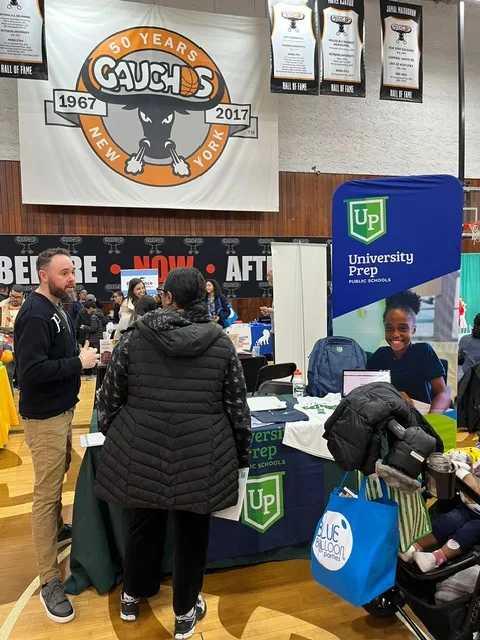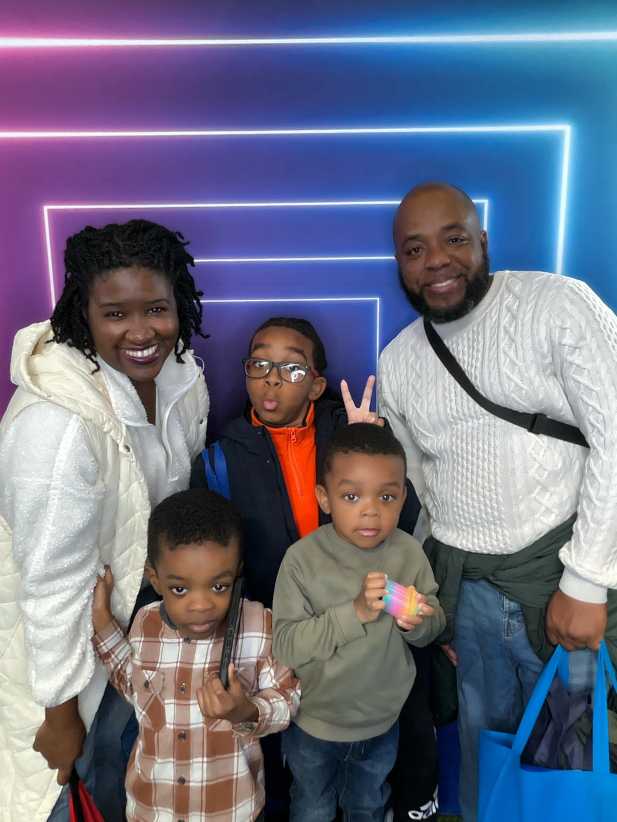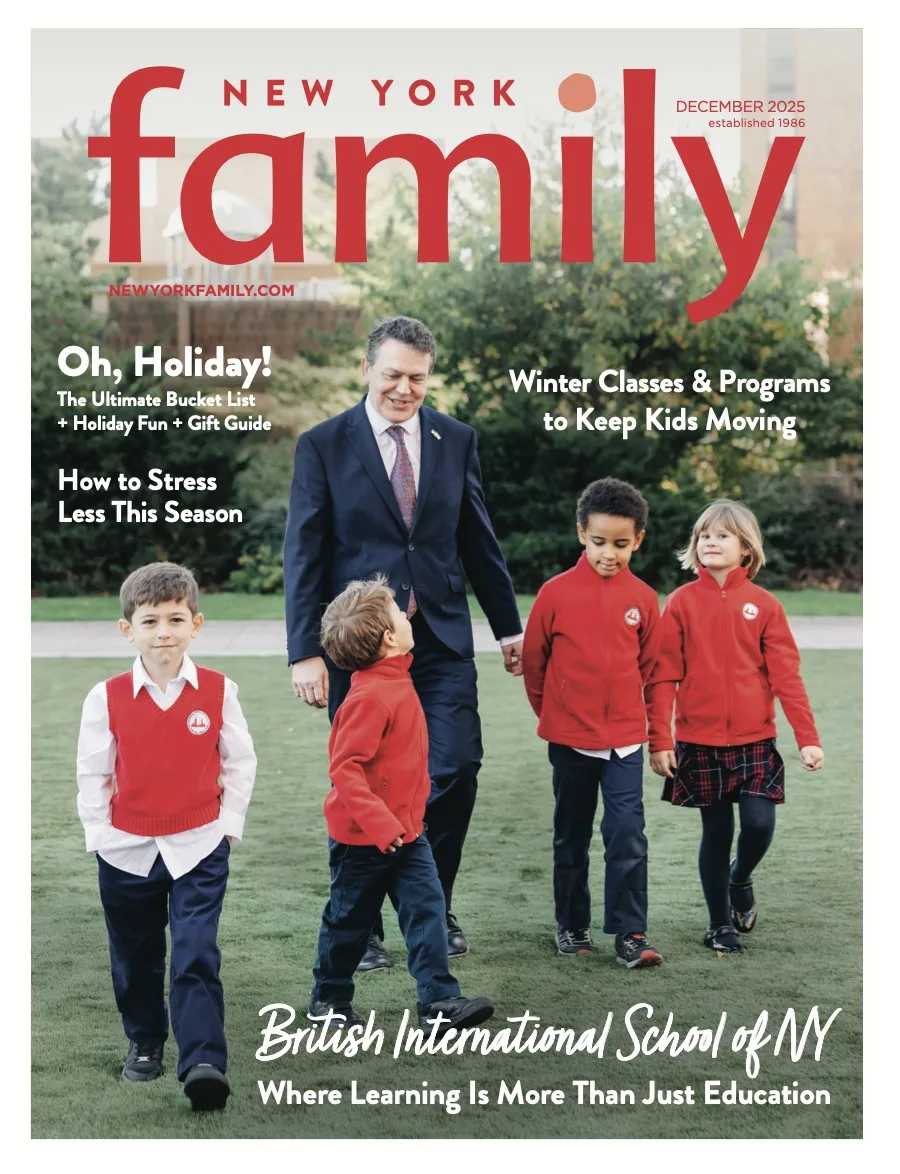
Editor’s note: As bilingual learning becomes a priority for more and more families, we asked one of our reporters to share the story of how she came to love Spanish. Her journey is just one example of the exciting opportunities that present themselves when children are introduced to a second (or third) language early on. –Lauren Vespoli
Paola’s wildly curly hair and unmistakable accent were two of the first things I noticed about the friend whose culture would eventually shape my outlook on life. In the midst of the social pressures of high school, Paola had more to teach me than how to make our uniforms look stylish—though she did that, too. She immediately welcomed me into her home and introduced me to her family who had moved from Guadalajara, Mexico, to my small Pennsylvania hometown. Within a matter of weeks, her family had made me feel as if I was one of their own.
Though I had “studied”—or, more accurately, memorized—Spanish since elementary school, this concrete, personal connection was the first thing that truly sparked my interest in not only the Spanish language, but the people who speak it. Spending time with Paola developed my curiosity about Mexican culture, and eventually led me to completely immerse myself in the Spanish language through two study abroad opportunities: The summer after my freshman year of college, I lived with a host family in Ronda, Spain, and the spring semester of my sophomore year, I got the chance to live with Paola’s family in Guadalajara.
Each day after school in Pennsylvania, Paola and I would trudge through her front door, where there was always a meal prepared at 3pm on the dot. At first, I thought: “A full meal in the middle of the afternoon? But we’d just had lunch?” I soon learned the lunchtime I was used to was simply snack time in the eyes of Mexican culture. A true lunch was held at 3pm.
I quickly realized the 3pm lunches were worth the wait. Each time we sat down for a meal, I could expect my palate to be overcome with countless new flavors. From the spiciness of salsa made of tomatillos, to the juicy freshness of a poblano pepper, I began to laugh at the American version of “Mexican food” that I used to believe to be authentic.
Though I had been in Spanish classes for years, only the taste of culture Paola’s family gave me truly sparked my passion for the language. Tasting my way through Mexican flavors, I found myself learning bites of Spanish through the simple enjoyment of these meals rather than pre-exam cramming. I no longer wanted to learn Spanish to simply do well in school, I wanted to be able to communicate with and understand a culture that inspired me.
After two years of afternoons spent in Paola’s home in Pennsylvania, daydreaming of the Mexican sun and fresh salsa, it was time to continue my studies in the college classroom. Paola was moving back to Mexico, to restart her life in the place I was endlessly curious about. I knew I needed to finally make my dreams of visiting Guadalajara a reality. But first, I needed to beef up my Spanish—so I spent the summer after my freshman year with a host family in Spain. My time in the petite mountainside town of Ronda helped me develop not only a love of tapas, but also the language skills that prepared me for spending a semester in Guadalajara, where I reunited with my second family for an entire six months.
[gravityform id=”13″ title=”false” description=”false” ajax=”true”]
Upon arriving in Mexico, my Spanish was at a level sufficient enough to ask for more water at a restaurant or pretend like I understood what was being said in a conversation, but how was I supposed to make friends? My first week in Mexico, Paola invited her group of friends to have dinner at her—or should I say our—house. This was called “Lunesitos,” or little Mondays, which was a tradition of having dinner together at a different friend’s house each week. After saying “Hola,” introducing myself, and planting a round of kisses on each cheek, I sat in silence. I smiled, laughed when the group laughed, and tried to pretend like I knew what the conversation was about. Discouraged, I eventually retreated to staring down at my phone.
Lunesitos came and went each week, and each week I noticed the conversations getting easier. Little by little, I began to feel comfortable asking someone to repeat something and eventually, I could even take part in the discussion. I finally learned to always address a friend as “wey” (meaning “dude”) no matter the context of the conversation. And I discovered that “Oh my gosh” or, “No manches,” was just as much of a staple of conversation in Mexico as it was back home. But in the end, I learned to really speak like a local—I now know that “No manches, wey” must be said at least 10 times in every conversation. Just as Paola’s family welcomed me into their home, her friends welcomed me into their social circle in the same warmhearted way.
The caring nature of the Mexican culture led me through the most influential six months of my life. Making lifelong Mexican friends—friends who didn’t laugh at me when I sounded like a tourist attempting to use Spanish slang—motivated me to be able to communicate with them in their native language. This group of people, who made a real effort to make me feel as if their country was as much my home as theirs, taught me the Spanish language through everyday encounters. In the end, “lunesitos” turned out to be a much better classroom than any college lecture. Similarly, living with an incredibly loving second family drove me to understand their impressive culture. But most importantly, immersing myself into a completely foreign world helped me discover the person I am today—someone who values experience as a form of education.
Exposing kids to different languages and cultures early on is a great way to get them excited about the rich opportunities abroad. We’ve rounded up a list of great extracurricular language programs right here in NYC!
Bilingual Birdies, bilingualbirdies.com/nyc
China Institute, chinainstitute.org
Collina Italiana, collinaitaliana.com
El Taller Latino Americano, tallerlatino.org
Evolution Enrichment, evolutionenrichment.com
French Institute Alliance Française, fiaf.org
German-American-School, german-american-school.org
¡HOLA!, A Playgroup in Spanish, holaplaygroup.com
HudsonWay Immersion School, hwis.org
I’m Bilingual!, imbilingual.com
Instituto Cervantes New York, nyork.cervantes.es
La Petite Ecole, lpeny.com
The Language Workshop for Children, languageworkshopforchildren.com
Manhattan Mandarin, nycmandarin.com
Mi Manzana, mi-manzana.com
PandaTree, pandatree.com
Planet Han, planethanchinese.com
Tribeca Language, tribecalanguage.com
Samantha Lauriello is a junior at Penn State who finds herself out of the country almost as much as she does on campus.













